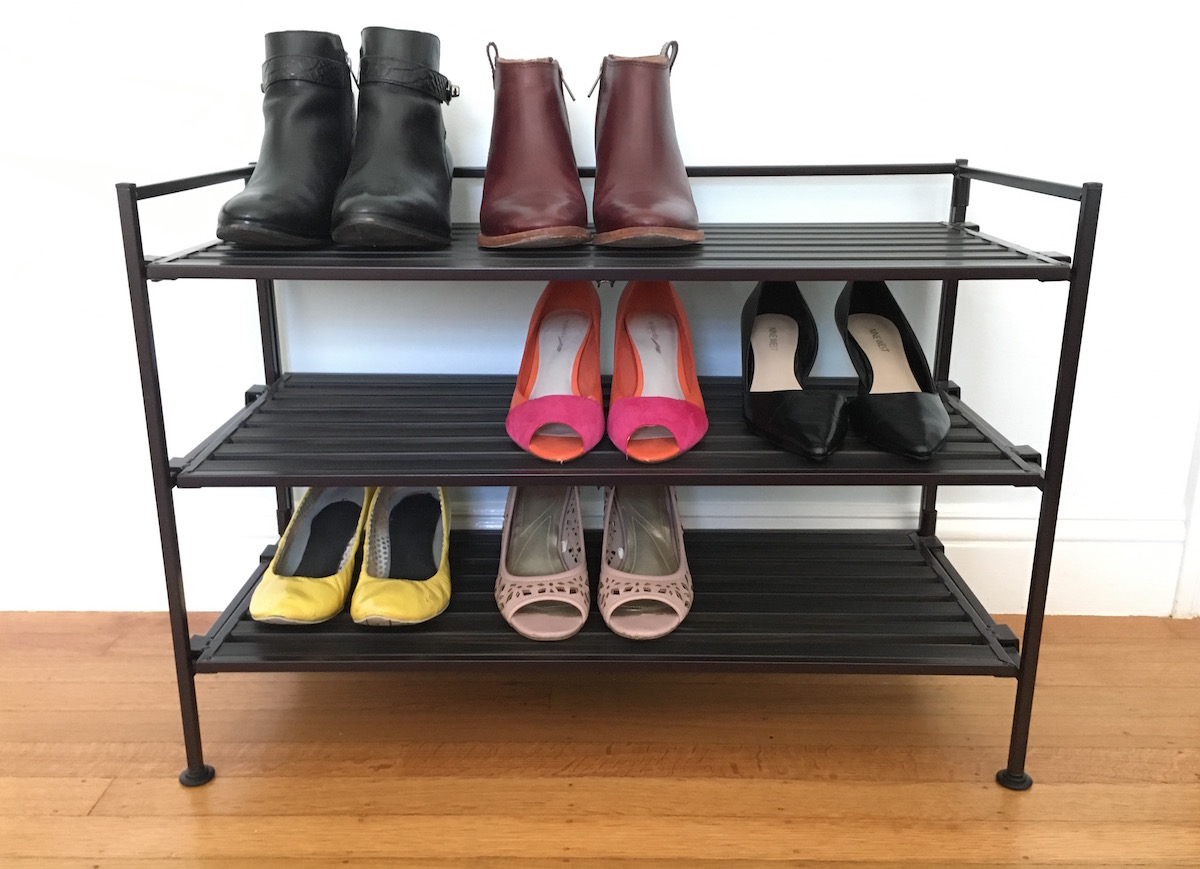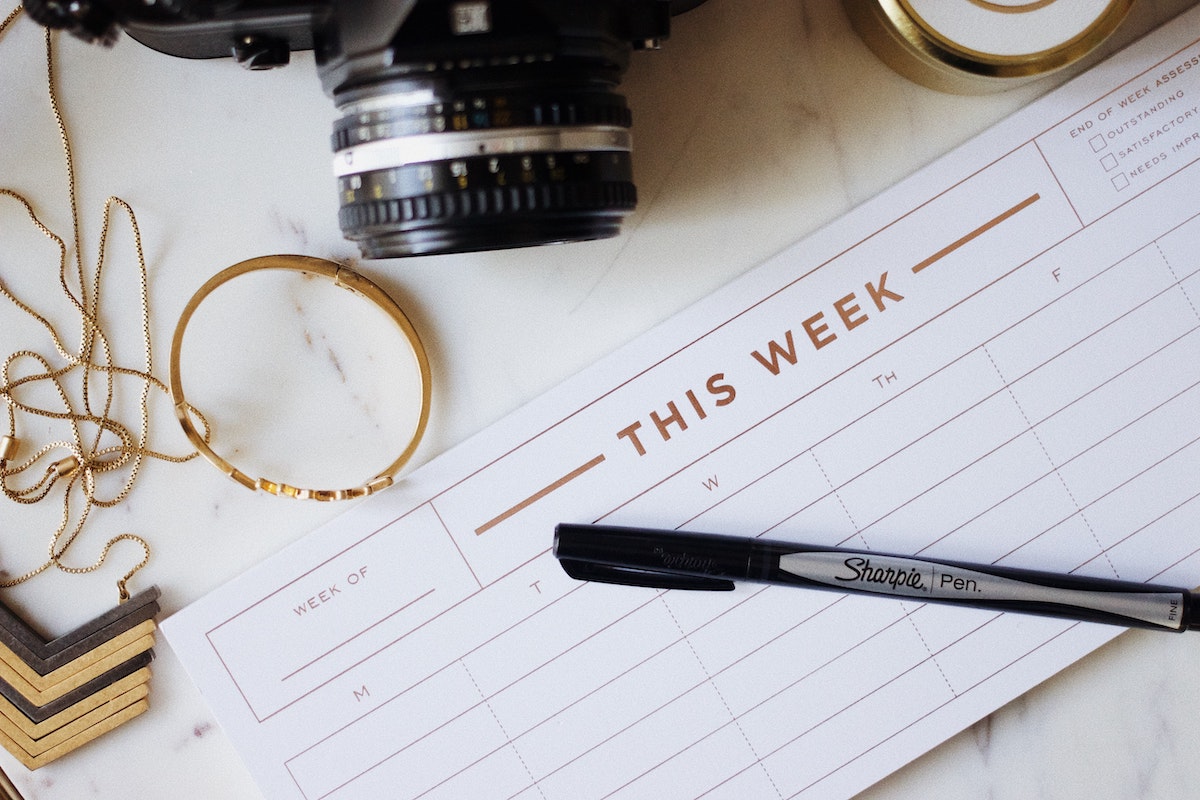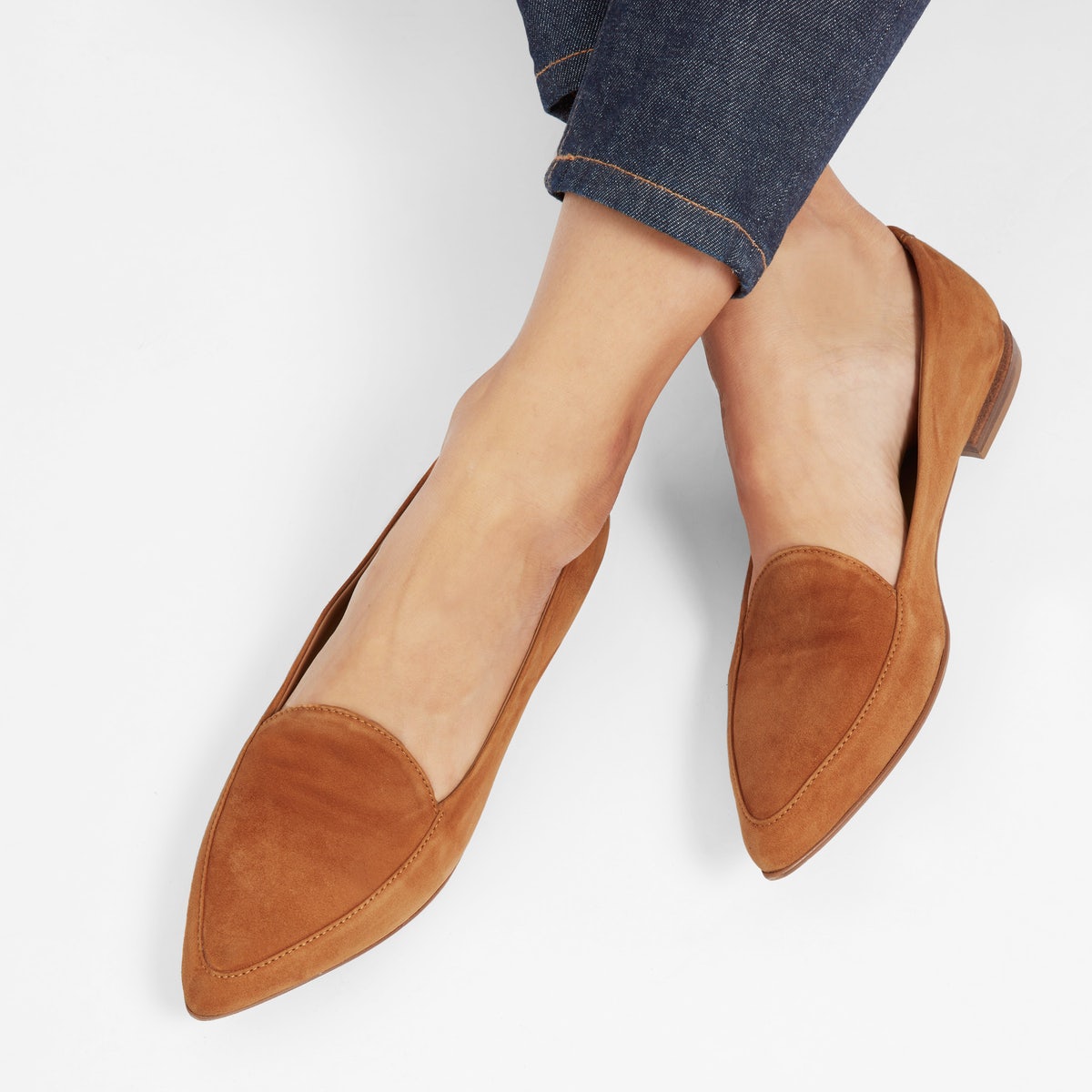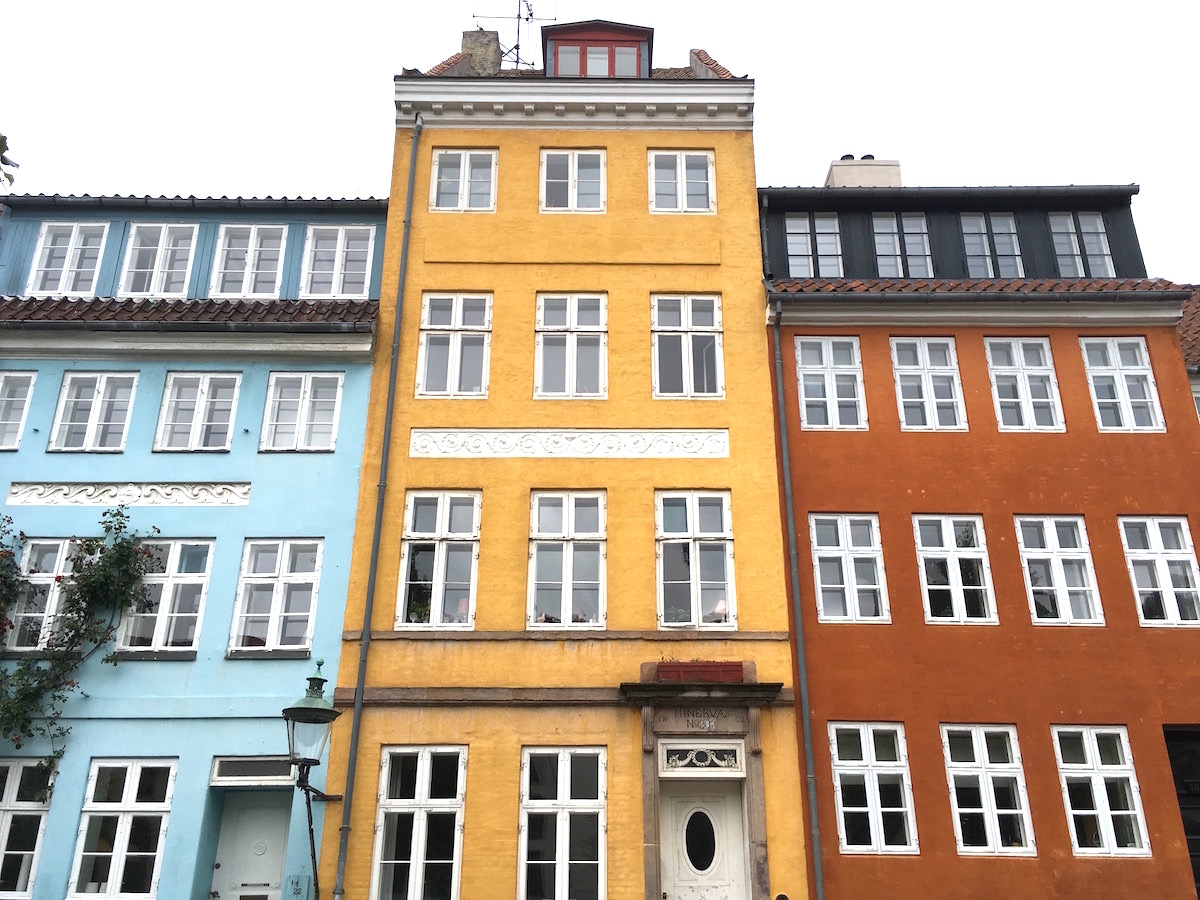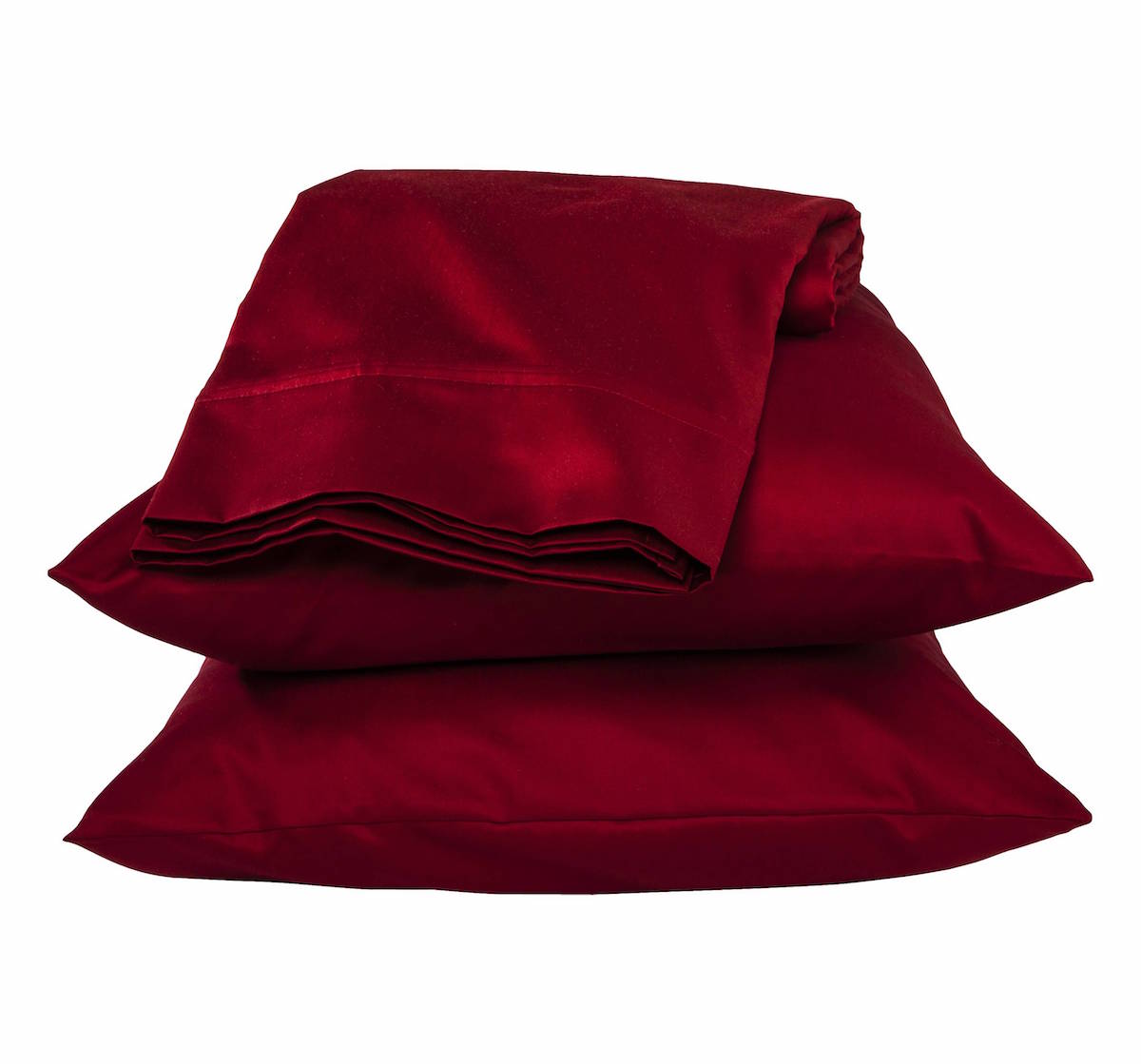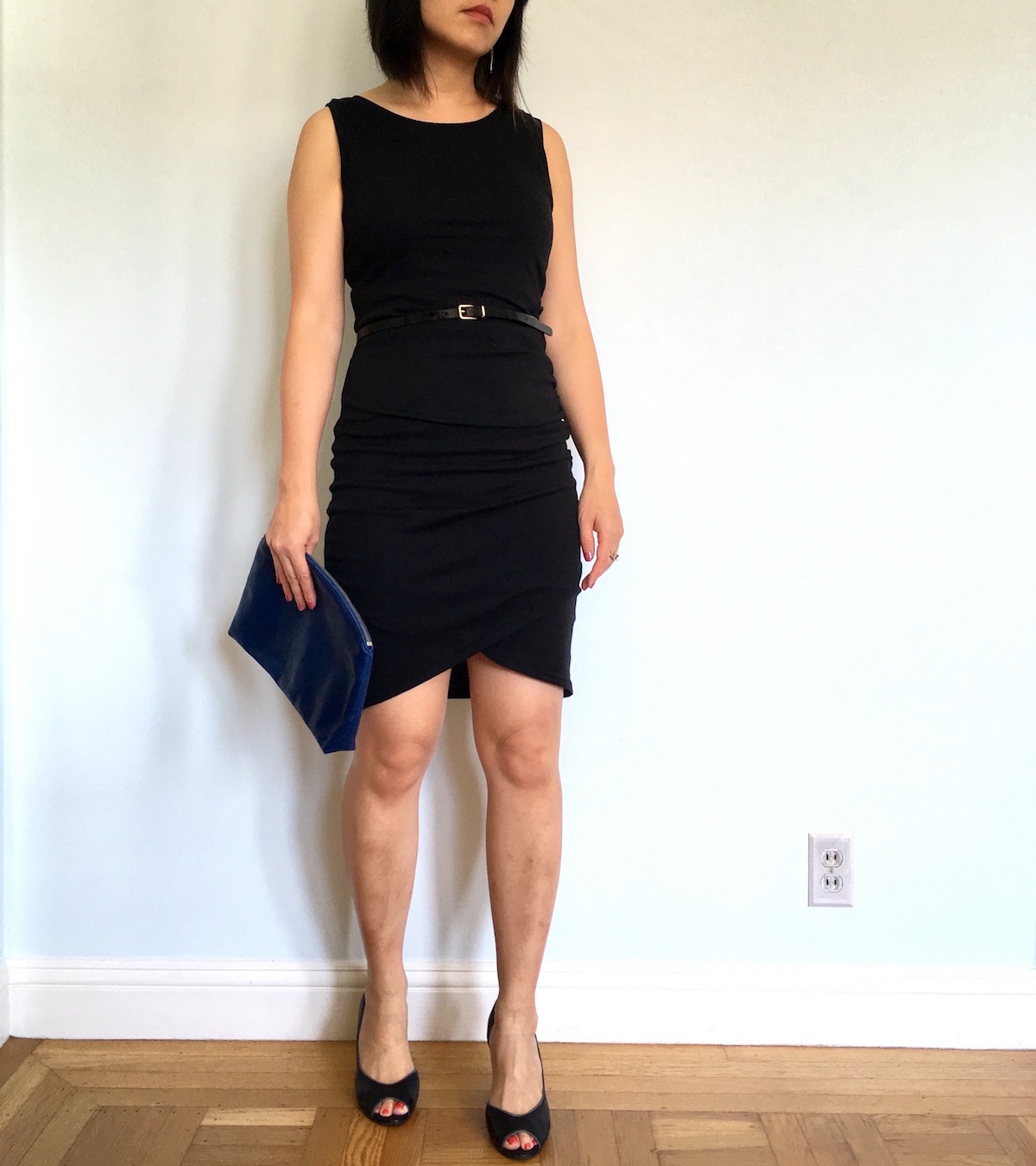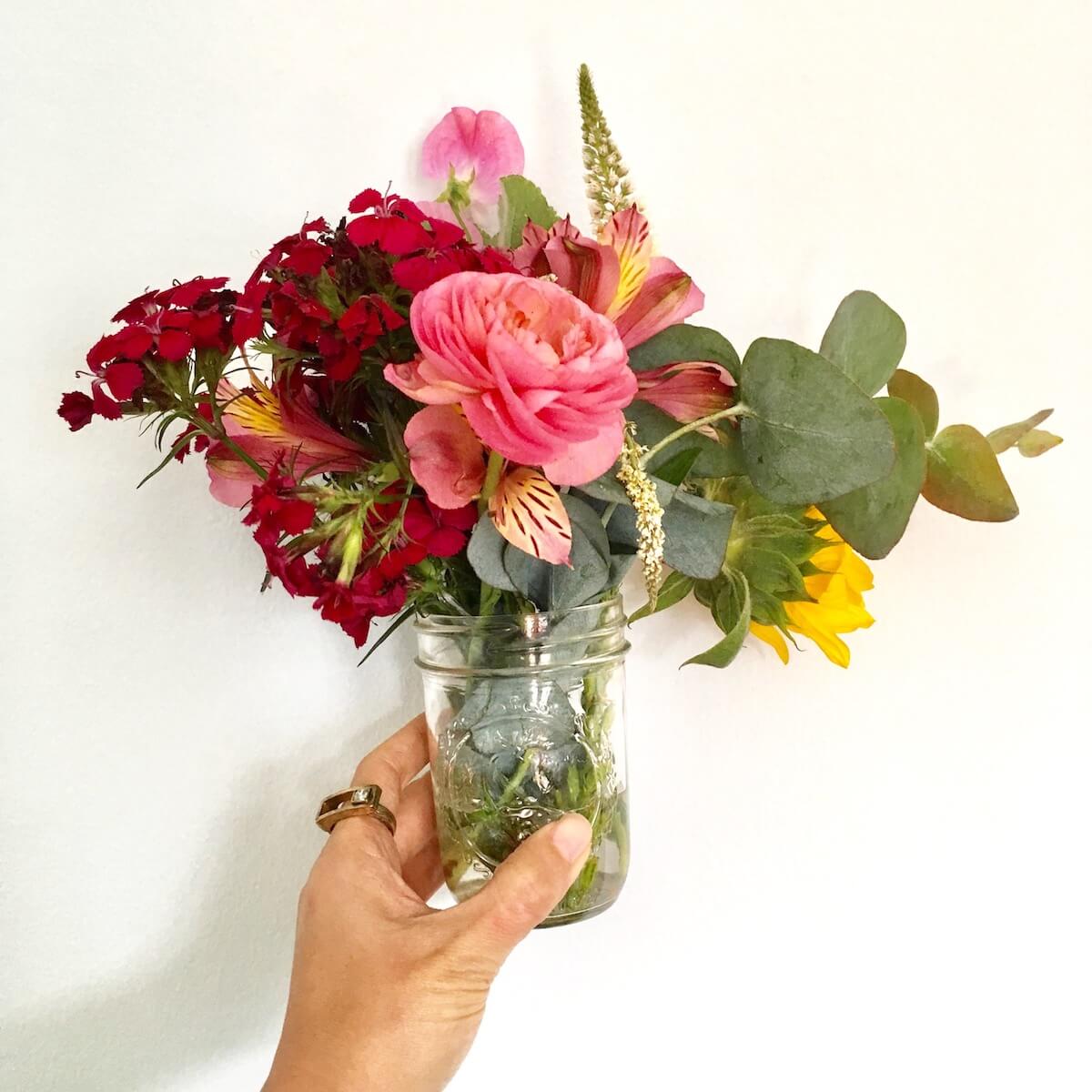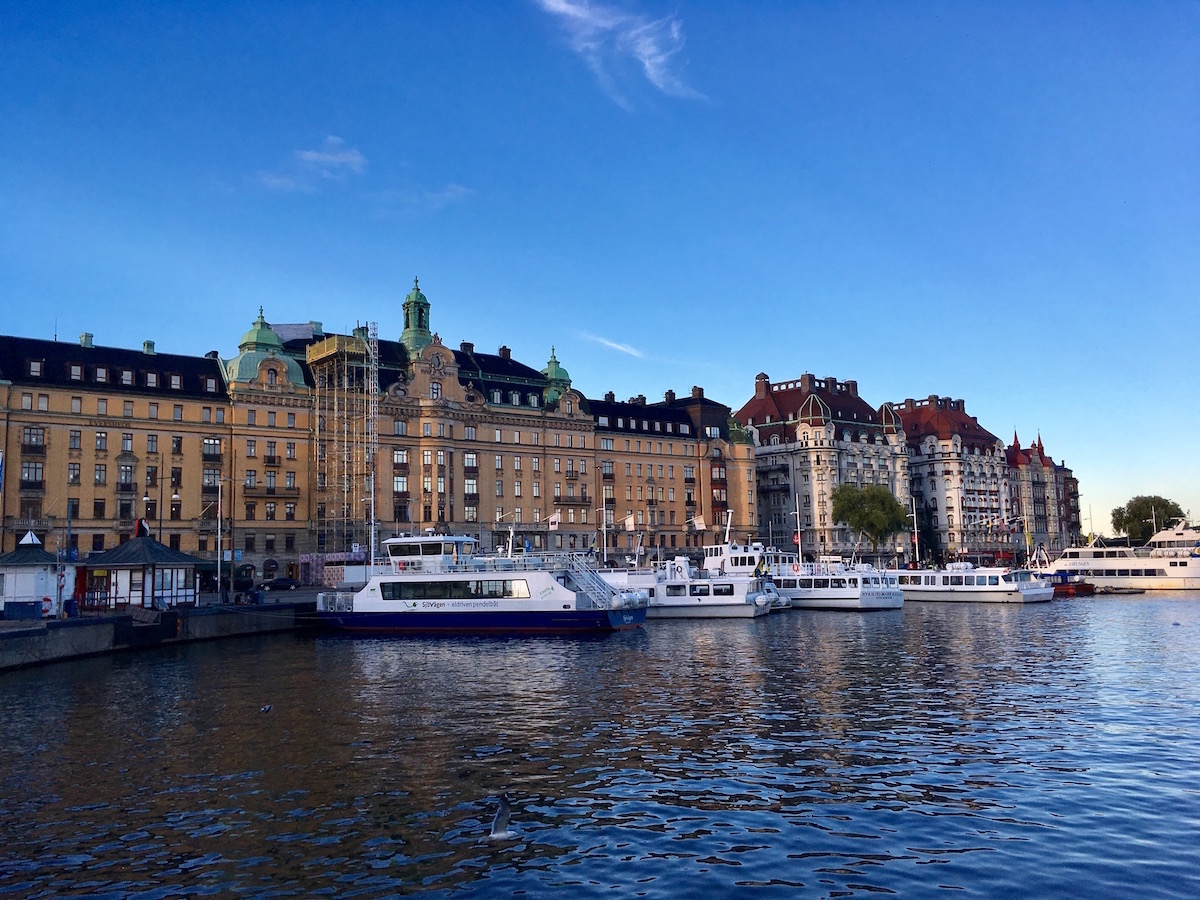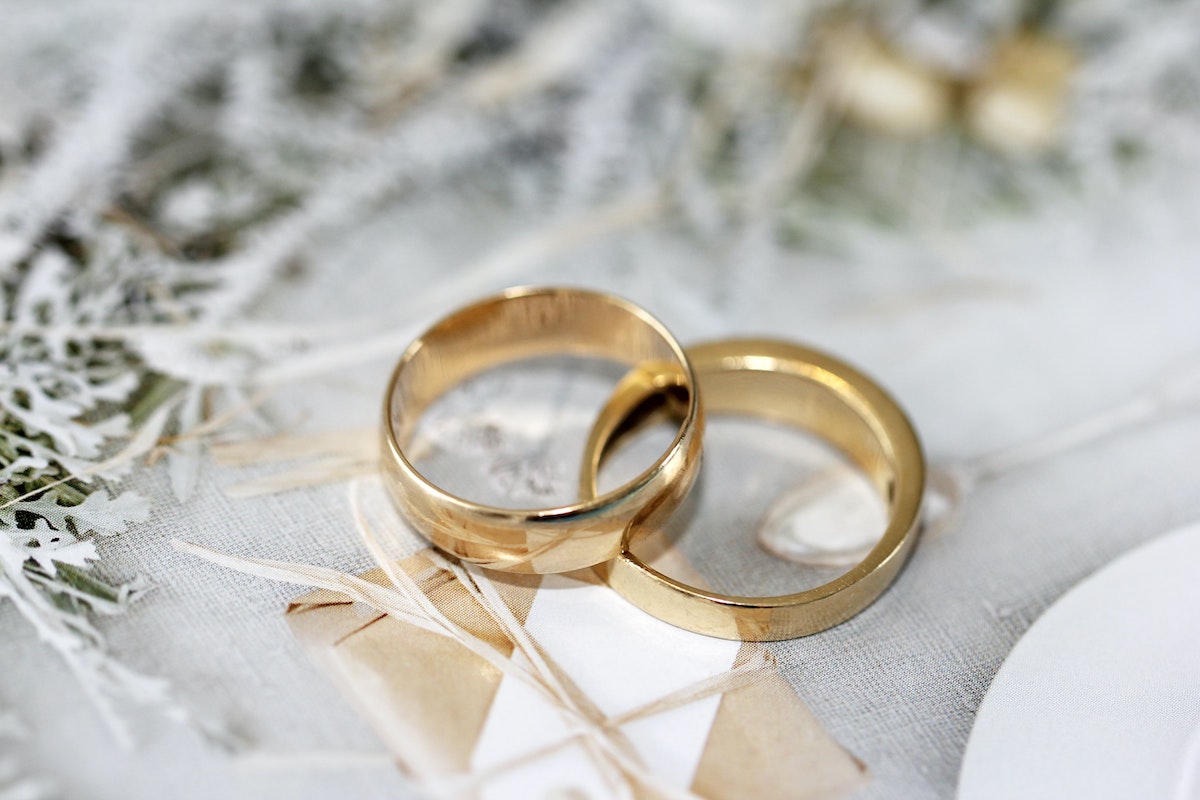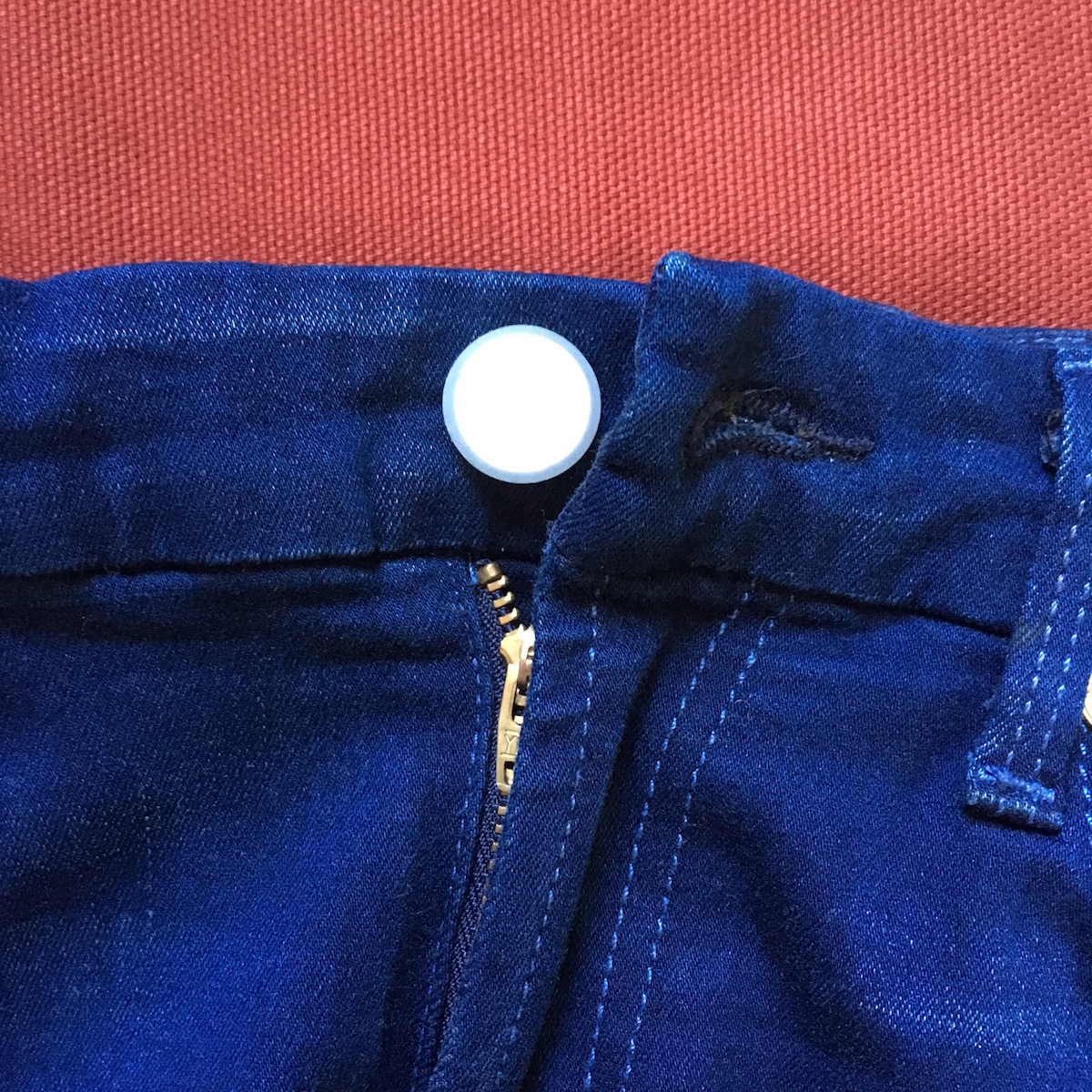As I mentioned in my first wedding post, it’s important to prioritize your wedding budget. Once you know what’s most important to you, reserve your energy and budget for those items. Then, you can find ways to save on the things you care less about. For us, we weren’t particular about decorations and didn’t want to spend much money on it. I allocated $100 to decorations and decided to DIY them. Here’s what we ending up spending:
Lanterns – $25
Photo Frames – $12
Flowers – $70
Bridal Bouquet & Floral Tape – $18
Vases – $0
TOTAL – $125
After the wedding, I sold the lanterns for $20, so we ended up spending $105.
How our venue choice shaped our decor
Our choice in venue actually impacted how we decorated. Honestly, the venue had to be a certain level of nice for my mom. We looked at some venues that cost less to rent, but they seemed charming in a slightly run-down way she would have complained about. (I’ve mentioned my mom and her expectations twice now, so maybe I will do a post later on how to manage expectations with your family members. Heh.)
Because the venue we chose was well-maintained, we didn’t feel the need to add many decorations. So in a way, the costs of decorations was absorbed by our choice in venue. But we did add some personal touches. My friends made decorations for my bachelorette party that were based on our invitation design. I saved them and reused them for our wedding. This cost us nothing!
Another requirement in our venue search was that it have an outdoor space because I really wanted to get married outside. We found a venue that was adjacent to a public park, which we were allowed to use for the ceremony. The park itself was beautiful, so all we did was add some paper lanterns to the ceremony area.

We needed some signage, so I thrifted vintage photo frames from Goodwill.

A few of the photo frames we used at our wedding.
Flowers for the Frugal-Minded
Lastly, what to decorate the tables with? Most people decorate with flowers, but this was not necessarily a given for us. I have a confession: I don’t care much for flowers. Perhaps it’s because I was raised in an frugal immigrant family, but flowers always seemed like an extravagant expense to me because well, they die.
via GIPHY
This is not to say I don’t enjoy flowers or admire their inherent beauty. I do, and at the end of the day I decided that flowers were the easiest (and prettiest) decorations to use. While professional flower arrangements for a wedding our size can run at least $1,000, the fact that we did them ourselves meant we paid less than one-tenth of that.
Here’s what I did: First, I decided to use plain jars for vases. This cost nothing but time and elbow grease in cleaning the jars and taking labels off of them. For months, I saved jars and asked friends to do the same. We had 11 tables. I decided to put a trio of jars (small, medium, large) on each table at the reception. We also had a few other tables and surfaces to decorate. In total, this ended up being about 40 jars.
Is a naked spaghetti sauce jar at a wedding tacky? Some people might think so, but I like the simplicity. You could always tie a ribbon or dress up the jar in some other way, but I didn’t want to use any extra materials so I went with plain jars. Another priority was that clean up after the wedding be as easy as possible. I also didn’t want to carry any stuff home that I didn’t have to. At the end of the night, we combined flowers into our jar-vases for guests to take, and then we recycled the remaining jars right at the venue. Easy!

OK, here’s my big tip for saving money on flowers: Trader Joe’s. Yup. On the rare occasions that I did buy flowers for myself, I bought them at Trader Joe’s because I couldn’t stand to spend more than $5 for a bundle of flowers. So I figured, why not buy flowers for my wedding from them?

Trader Joe’s has great prices on flowers. The large bunches of chrysanthemums (the green, purple, brown, and white ones) in the center? $3.99. Gerber daisies to the top and left? Also $3.99. Hydrangea? $6.49. Their bouquets start at just $3.99.

Trader Joe’s Small Bouquet, $3.99

Trader Joe’s Large Bouquet, $9.99
Here’s what you do: Talk to your store manager. The manager can share an inventory sheet with you that shows the types of flowers that they get and their costs. Then you place an order about a week ahead of time. The essential thing about ordering flowers from Trader Joe’s is that you can’t be picky about them. You see, they don’t hold them for you. They just order extra to make sure there’s enough, but they’ll put them out on the floor where anyone can grab them. You also can’t stipulate what colors you want. If you have a specific color scheme for your wedding, then this may not work. I didn’t care as long as the flowers weren’t white.
I ordered my flowers about a week in advance, and then the day that they came in, we picked them up in the morning from the regular flower display area. A friend and I made all the arrangements, which were very simple. It probably took us about an hour. If you want a fuller look than what we did, you can always add more greenery. (The photo at the top of this post is a good example. Stems of eucalyptus make great filler and smell great too.)

Trimming flowers. Make sure that there are no leaves in the water, like the one in the front here. We had to go back and trim that one.

Flower arrangements in jars, all boxed up and ready to go. We took them to the venue the day before the wedding, storing them in refrigerators overnight.
If you don’t have a Trader Joe’s in your area, then visit a grocery store. Flowers at a grocery store are generally more affordable than flowers from a florist. You can also order flowers online. For my bouquet, I wanted more control over the colors because they had to look nice with my red dress. I stopped by Whole Foods the day before the wedding, picked up two bouquets, and combined them together with floral tape. Then, I wrapped ribbon I had lying around from an Everlane order over the floral tape. Total cost of my bouquet? $18!
Professional bridal bouquets run around $100 and up — even as much as $200 depending on the kinds of flowers used. But I didn’t mind that my bouquet was amateur. It just had to be nice enough. I figured people look at the bride, not her flowers, anyway. One thing I wish I had done in retrospect, though, was to ask the tailor who hemmed my dressed to save some of the fabric she cut off. Using that to wrap the bouquet would have been nicer than random ribbon.

There’s one more thing I want to bring up: using local flowers. I tried to plan a wedding that was mindful of the environment and wouldn’t be wasteful. We reused items (photo frames, jars), used compostable plates and utensils for the reception, and provided to-go containers so that food wouldn’t go to waste. I didn’t think about this until after the wedding, but local flowers are generally better for the environment. There’s less of a carbon footprint associated with them because they don’t need to be shipped from far away or covered in chemicals to preserve them. There’s also the question of whether fair labor practices were used to grow flowers abroad.
According to this news story, Trader Joe’s flowers come from Colombia. But at my local store, I found that quite a few blooms were grown in the U.S., many in California. The Trader Joe’s bouquets shown above were grown in California. Here’s a sampling of prices and origins of flowers I saw recently at a Trader Joe’s:
Alstroemeria, 9 stems, $3.99, Rainforest Alliance Certified
Calla Lilies, 8 stems, $4.99, USA
Chamomile, $3.99, USA
Chrysanthemums, 10 stems, $3.99, Rainforest Alliance Certified
Dianthus, 10 stems, $3.99, Colombia
Gerber Daisies, 6 stems, $3.99, California
Hydrangeas, 4 stems, $6.49, Colombia
Spray Roses, 8 stems, $4.99, Rainforest Alliance Certified
Stargazer Lilies (aka Asiatic Lilies), 4 stems, $5.99, USA
We only spent $88 on all of our flowers. I don’t think buying them truly local — from a nearby farm — would have fit in our budget. But buying American-grown flowers would have worked. I’ve also noticed that Whole Foods carries some local flowers. While more pricey than Trader Joe’s, the prices are reasonable. I saw a bunch of 10 calla lilies for $10, and for $8 you can get 10 tulip stems or 5 dahlia stems.
So, it’s possible to source local flowers on a budget. It’s definitely something to consider. You can stick to your budget and be kinder to the environment — a happy occasion for all!



